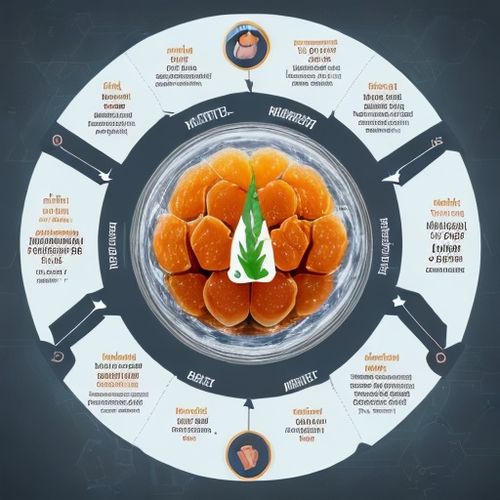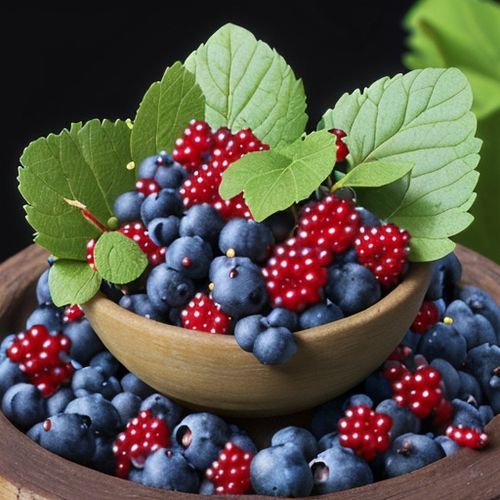In recent years, the use of marijuana for medical purposes has gained significant attention and acceptance in many parts of the world. From treating chronic pain and muscle spasms to managing anxiety and sleep disorders, cannabis has been hailed by some as a miracle plant. However, a new analysis of over 100 clinical trials and meta-analyses paints a more nuanced picture, highlighting both the potential benefits and significant risks associated with marijuana use. This comprehensive review underscores the need for more rigorous research and informed decision-making when it comes to cannabis as a therapeutic agent.
The Limitations of Current Evidence
According to the study led by Dr. Marco Solmi, an associate professor of psychiatry at the University of Ottawa, the evidence supporting the health benefits of marijuana is often weak. "After applying very strict quantitative criteria, and accounting for both observational studies and experimental trials, most of the associations between cannabis and health outcomes were supported by very low or low credibility," Solmi said. This finding is particularly concerning given the increasing prevalence of marijuana use for various health conditions.
The Potential Harms of Marijuana Use
While the review did identify some benefits of cannabis use, particularly in reducing seizures, chronic pain, and muscle spasms, the most convincing evidence pointed to potential harms. These risks are especially pronounced among pregnant women, individuals with mental health disorders, and adolescents and young adults, who make up the majority of cannabis users.
Impact on Mental Health
One of the most concerning findings of the review is the detrimental effect of cannabis on brain function and mental health. "The most concerning findings are the multidimensional detrimental effects of cannabis on brain function, as reflected by associations with poor cognition and mental disorders," Solmi said. The review found that using marijuana can increase the risk of developing a psychotic or mental health disorder and can worsen outcomes for those who already have such conditions.
For example, in individuals with psychosis, cannabis use increases the risk of relapse and impairs cognitive function. Given that nearly two-thirds of mental disorders onset before the age of 25, Solmi argues that cannabis should be avoided in younger populations to mitigate these risks.
Risks During Pregnancy
Pregnant women often turn to cannabis to alleviate nausea, particularly during the first trimester. However, the review found "convincing" evidence linking cannabis use to an increased risk of having a low birth weight baby. While some studies have investigated the use of prescription-level, synthetically made cannabis for nausea, these products are carefully controlled in terms of dose and quality, unlike the cannabis available in dispensaries.
Robert Page II, a clinical pharmacologist, warns against the use of cannabis during pregnancy, citing potential effects on the fetal brain and the risk of passing the drug to the baby through breastfeeding. "Why take the risk when there are other, safer choices?" he asks.
Risks for Adolescents and Young Adults
The developing brains of adolescents and young adults are particularly vulnerable to the effects of cannabis. The review found that marijuana use can have detrimental effects on cognition, memory, verbal skills, and visual recall. Solmi emphasizes that young people should be aware of these risks and consider abstaining from cannabis or closely monitoring their mental health if they choose to use it.
"Young people should stop using cannabis if they notice a drop in educational achievements, social connections, mental health, or functioning in general," Solmi advises. The long-term effects of cannabis on cognition remain unclear, highlighting the need for further research.
The Benefits of Cannabis: A Closer Look
Despite the significant risks, the review did identify some areas where cannabis may offer therapeutic benefits. For example, cannabidiol (CBD) has been shown to be effective in treating epilepsy, and cannabis-based medicines can improve spasticity in multiple sclerosis patients and pain in chronic pain conditions. However, these benefits are primarily associated with carefully formulated synthetic cannabis or extracts, which are subject to high standards and may even be regulated by the US Food and Drug Administration (FDA).
It is important to note that these findings do not necessarily translate to the cannabis products available in dispensaries. Page warns that the products used in studies are often not representative of what consumers can purchase in the real world. "From a public health standpoint, I don’t want individuals to read this and say, ‘Oh, I can go down to my dispensary and take care of my pain.’ The answer is no, because the products patients are using in the real world are seldom being evaluated in these studies," he said.
The Need for More Research
The review highlights significant gaps in our understanding of the effects of cannabis on health. Many studies are limited by regulatory barriers that restrict cannabis research, making it difficult to draw definitive conclusions about the drug's benefits and risks.
Cinnamon Bidwell, an associate professor of psychology and neuroscience at the University of Colorado Boulder, emphasizes the need for more rigorous and valid trials. "This literature has been strongly limited by regulatory barriers that restrict cannabis research," she said. "The biggest takeaway from this summary is a need to provide pathways for researchers to conduct many more rigorous and valid trials on the harms and benefits of forms of cannabis accessible on legal markets."
The use of marijuana for medical purposes is a complex issue with both potential benefits and significant risks. While some studies suggest that cannabis may be effective in treating certain conditions, the evidence is often weak and limited by regulatory barriers. The review underscores the need for more research to fully understand the impact of cannabis on health and to develop guidelines for safe and effective use.
In the meantime, individuals considering marijuana for therapeutic purposes should proceed with caution and seek medical advice. Pregnant women, individuals with mental health disorders, and young people should be particularly vigilant about the potential risks. As the debate around cannabis continues, it is crucial to prioritize public health and safety, ensuring that any therapeutic use of marijuana is based on sound scientific evidence and medical guidance.

By /May 21, 2025

By /May 21, 2025

By /May 21, 2025

By /May 21, 2025

By /May 21, 2025

By /May 21, 2025

By /May 21, 2025

By /May 21, 2025

By Michael Brown/May 18, 2025

By James Moore/May 18, 2025

By Thomas Roberts/May 18, 2025

By Amanda Phillips/May 18, 2025

By James Moore/May 18, 2025

By Laura Wilson/May 18, 2025

By Emily Johnson/May 18, 2025

By Joshua Howard/May 18, 2025

By David Anderson/May 18, 2025

By Sophia Lewis/May 18, 2025

By John Smith/Apr 22, 2025

By Emma Thompson/Apr 22, 2025